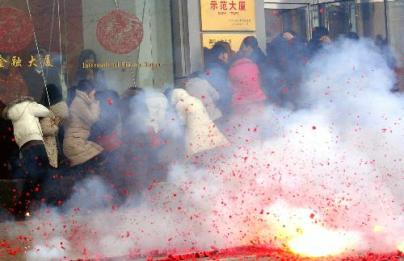A ban is rarely a great solution, but we must recognize that no other agency is upholding our right to breath clean air.

economy news: Go outside and get some fresh air. Go for a walk, it will clear your mind.” Fresh air and a relaxing walk are simple pleasures unavailable to residents of Delhi/NCR. Walking, running or cycling here might cause more damage to your health than any good.
Why do you say this?
Because on an average day in Delhi/NCR PM2.5 pollution is between 150-400 micrograms per cubic metre. This means the ‘baseline’ or ‘everyday’ pollution in the NCR due to essential or routine economic activities, in and around Delhi, is 2 to 4 times above the danger mark. Transportation, factories, coal-fired power production, waste burning, unending construction work, slash and burn agriculture in neighbouring states, and local climate effects are the major reasons. This has been the case for the last 5-10 years. It is a problem because PM2.5 levels above 60-100 micrograms per cubic metre are considered unsafe by the WHO.
What does PM2.5 do?
Such poor air quality is a contributor to chronic year-long complaints of cough, sniffling, irritability in the eyes, headaches, fatigue, asthma, bronchitis, and skin allergies. Common ailments in Delhi/NCR. These high levels of PM2.5, over longer periods, increase the risk of serious breathing disorders, developmental disorders in children, cardiovascular issues, and neurological problems. Shocking, but not unexpected, is the fact that 40 percent of children in the NCR have critically low lung function. Almost every day in Delhi is an attack on our health that we regretfully ignore.
Such poor air quality is a contributor to chronic year-long complaints of cough, sniffling, irritability in the eyes, headaches, fatigue, asthma, bronchitis, and skin allergies. Common ailments in Delhi/NCR. These high levels of PM2.5, over longer periods, increase the risk of serious breathing disorders, developmental disorders in children, cardiovascular issues, and neurological problems. Shocking, but not unexpected, is the fact that 40 percent of children in the NCR have critically low lung function. Almost every day in Delhi is an attack on our health that we regretfully ignore.
If there are so many factors, why are people focusing on air pollution due to Diwali firecrackers?
Last year air pollution (PM2.5 and PM10) levels in the NCR were 14-16 times above the safe limit on the day after Diwali. Such levels have never been recorded in an Indian city before. It was a public health emergency for Delhi/NCR. Testing for breathing disorders went up by 10-20 times. Schools were shut. The number of sick days increased dramatically. If regular days in Delhi are a dose of hazardous air, last November, the day after Diwali, was a quite simply poison.
We can handle 14-16 times pollution for one day of celebration, okay?
llution are ‘anti-human’. Doctors don’t know if our bodies can cope with such pollution. According to Dr Arvind Kumar, one of India’s lead chest surgeons,....Readmore…


No comments:
Post a Comment